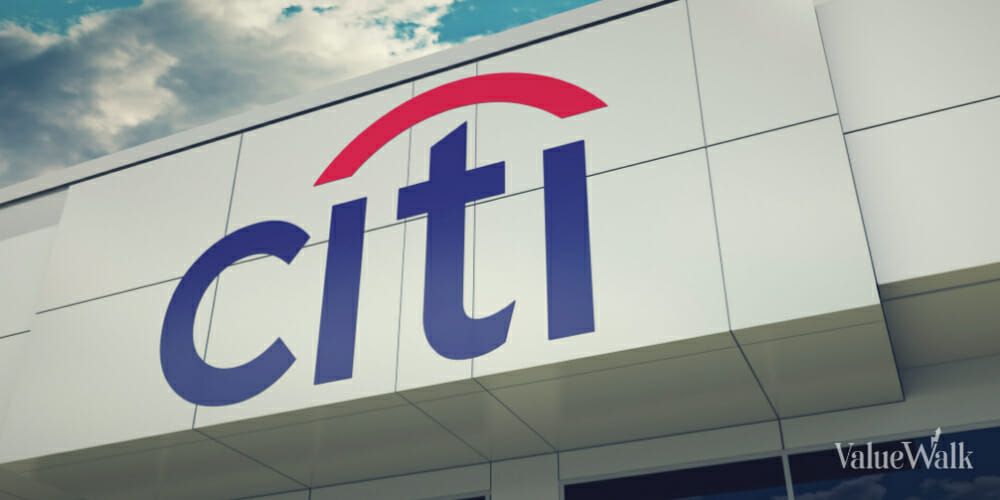Jamie Dimon, the famous CEO of JPMorgan Chase (NYSE:JPM), recently offered an ominous assessment of planet Earth’s current predicament.
“This may be the most dangerous time the world has seen in decades,” he proclaimed. Adding to the sense of fear and loathing, Dimon added, “We know there are going to be bad times,” and concerning the U.S. economy, he forecast that a “hurricane is right out there down the road coming our way.”
Dimon is a very smart individual, and he might be right. Yet, judging by the recent third-quarter 2023 financial results announced by JPMorgan and some other mega-banks, one wouldn’t expect Dimon to serve up such perilous prognostications.
Indeed, as earnings season kicks off and several financial giants outpace Wall Street’s estimates, the near-term outlook seems particularly bright and sunny. Let’s delve into the details and peek at the fiscal figures of three banking behemoths that investors might choose to put on their watch lists in Q4.
JPMorgan Chase (NYSE:JPM)
What better place to start than Dimon’s gigantic financial institution? JPMorgan Chase is so large and influential that it actually buys other banks, like it did with distressed regional bank First Republic earlier this year.
Setting the tone for a surprisingly positive slew of banking-sector earnings, JPMorgan generated $39.9 billion in revenue in the third quarter of 2023, slightly outpacing the analysts’ consensus estimate of $39.6 billion. Not only that, but JPMorgan reported earnings of $4.33 per share, beating Wall Street’s call for $3.95 per share.
This isn’t to suggest that the firm’s third-quarter results were perfect, however. As it turned out, JPMorgan’s trading revenue declined 3% year over year; the company saw a 1% increase in fixed-income trading but also suffered a 10% declined in equities trading. Apparently, some investors are abandoning stocks in favor of government bonds, which have offered attractive, risk-free annual yields of 4% to 5% lately.
As we’ll see, negative pressure on banks’ top lines from rising interest rates will be a common theme in Q3. Nevertheless, even after acquiring the seemingly toxic First Republic Bank in May, JPMorgan Chase still managed to deliver quarterly results above Wall Street’s predictions. That’s encouraging, as JPMorgan is a bellwether bank with major clout during these challenging times.
Wells Fargo (NYSE:WFC)
Another cash-rich colossus is Wells Fargo, which also recently disclosed its third-quarter results. Like other big banks, Wells Fargo felt the impact of elevated interest rates as it continued to inhibit borrowing and lending activity throughout the year.
Wells Fargo CEO Charlie Scharf summed up the problem concisely, observing, “While the economy has continued to be resilient, we are seeing the impact of the slowing economy with loan balances declining and charge-offs continuing to deteriorate modestly.”
At the same time, high interest rates actually benefited Wells Fargo in certain respects. Specifically, Wells Fargo’s Q3 net interest income increased 8% year over year to $13.11 billion, beating the analysts’ consensus estimate of $12.73 billion. Evidently, there’s a silver lining to charging higher interest for loans — not for customers, of course, but for Wells Fargo’s bottom line.
Speaking of bottom lines, Wells Fargo managed to earn $1.48 per share in the third quarter, versus Wall Street’s call for $1.24 per share. Thus, even if the higher-for-longer interest-rate policy isn’t to everyone’s liking, maybe it’s an unexpected boon for Wells Fargo.
Citigroup (NYSE:C)
We’ll top off today’s triumvirate of big banks with Citigroup, yet another firm that released its data for this year’s third quarter not long ago. Before peering under the hood and revealing Citigroup’s financials, I can’t help but convey the mouthwatering value-and-yield combo I’m seeing here.
In particular, Citigroup trailing 12-month P/E ratio of 6.49 and forward annual dividend yield of 4.97% are awfully hard to resist. Yet, as always, I wouldn’t touch any stock with a 10-foot pole unless the company is operating on solid financial ground.
Fortunately for Citigroup and its shareholders, the company isn’t doling out dividends without turning a decent profit. Analysts anticipated that Citigroup would earn $1.23 per share in Q3, but the company handily beat that forecast, earning a healthy $1.63 per share. Moreover, Citigroup actually got a nod from a competitor not too long ago when Wells Fargo analyst Mike Mayo conceded that Citigroup stock is “pricing in too much fear.”
It’s not every day that one mega-bank actually recommends the shares of another. Personally, I like the idea of diversifying one’s portfolio across two or even all three of the banks mentioned here. After all, Citigroup stock might look ultra-cheap now, but JPMorgan and Wells Fargo aren’t slackers, and their shares could easily gain value over the coming months.





